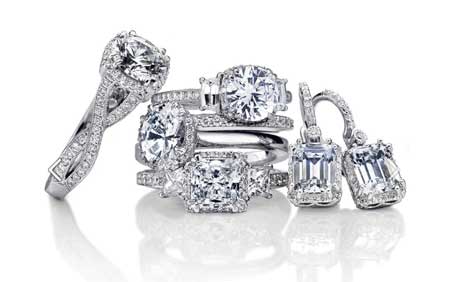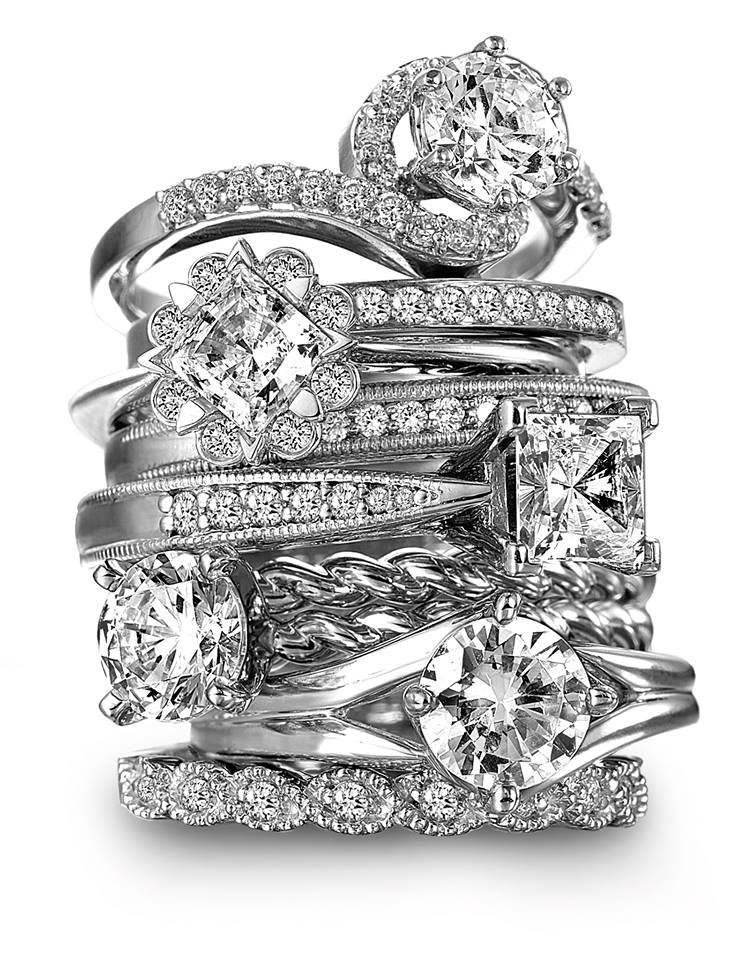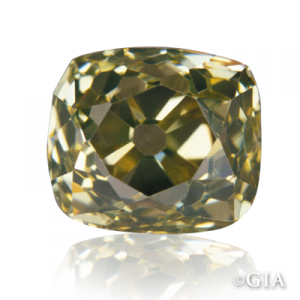A diamond’s shape is often the very first consideration when selecting a piece of diamond jewelry. It’s quite clear why: each shape has its own attributes and offers a different aesthetic. Because of the wide variety of diamond shapes available, it’s important to zero in on the shape that works best for you. Today’s installment of GIA’s holiday buying guide series offer a few tips to help you pick the perfect diamond shape.
Diamond shape is regularly confused with diamond cut. However, these two are not one and the same. A diamond’s cut and crafted finish refers to the stone’s facet arrangement, including symmetry and proportion. On the other hand, a diamond’s shape is the general silhouette of the stone: round, square, rectangle, octagonal, oval, marquise, pear, heart, or triangle. Looking at diamonds, shape by shape, is the best way to compare their distinctive qualities and see which one is right for you or as a gift.
Style and Personality
A diamond’s shape can reflect your style and personality. You’ll want to look at and wear these precious jewelry pieces with confidence over the years. Get to know the facts behind each shape to choose the one that’s right for you. For instance, if you love tradition and are drawn to classic timeless fashions, then a round diamond might be for you. When cut as a round brilliant, the diamond’s 58 facets deliver unbelievable sparkle. It’s a shape that’s both versatile and flattering whether the diamond occupies center stage in solitaire engagement ring, as a pendant, or paired with a mate in a set of diamond earring studs.
If your personal style is active and athletic, and you’re drawn to a square shape diamond, then you’ll want to keep in mind that this diamond shape features pointed corners which should be protected by prongs.
Each shape offers different benefits, depending on design preference and lifestyle. Round continues to be the most popular diamond shape and appears most frequently in solitaire engagement rings. To learn more about each cut’s individual benefits and ideal proportions, consult Tips for Purchasing Fancy Cut Diamonds and What is a diamond solitaire setting?
Diamond Shapes for a Vintage Look
Are you an eternal romantic, perhaps drawn to all things Victorian? What about a squarish diamond shape that recalls the 19th century “old mine cut”? As you can imagine, diamond cutting was a slow process back then and vintage diamond cuts from that period are known for their distinct appearance.
The octagonal shaped diamond was born during the machine age and the Art Deco period. This shape is a perfect choice whether your style is ultra-modern or old Hollywood glam. We see this shape most often as an emerald cut, with its smooth mirror-like look. It takes a diamond of high quality to pull this off well, so no wonder it was the shape and cut of choice for the engagement ring Brad Pitt designed for Angelica Jolie.
With this information at your fingertips, you are sure to get the most out of your diamond buying experience. Want to know more? How diamonds shape up is an insightful guide to the history behind each diamond shape. Find the one that is perfect for you.
Custom Field: Array



